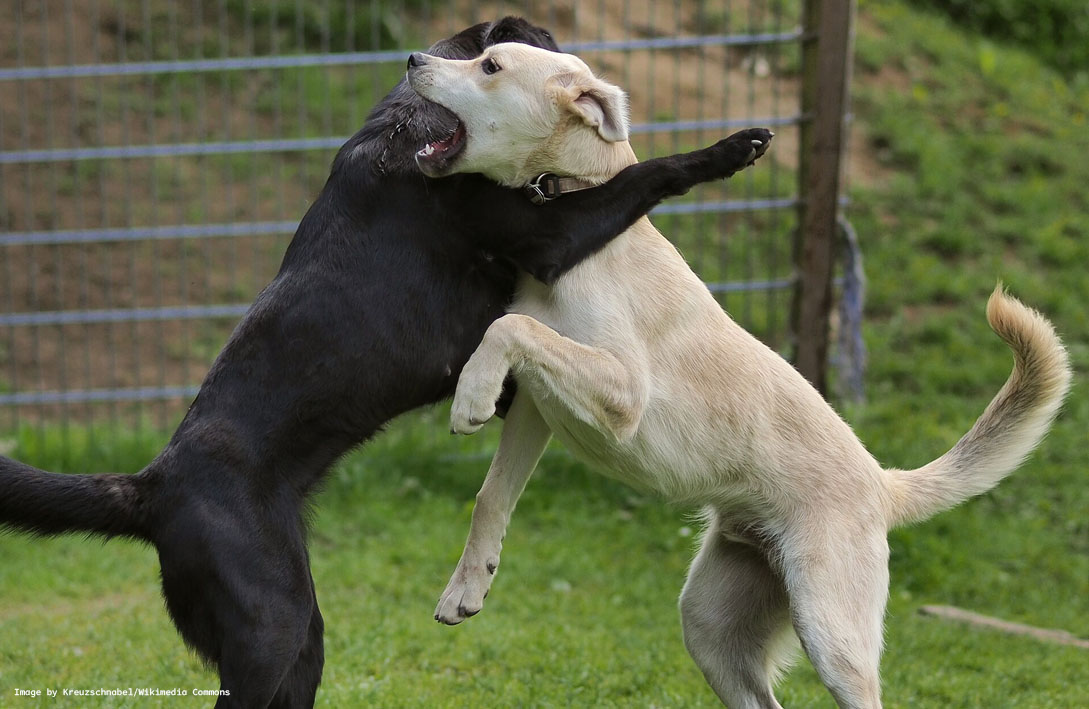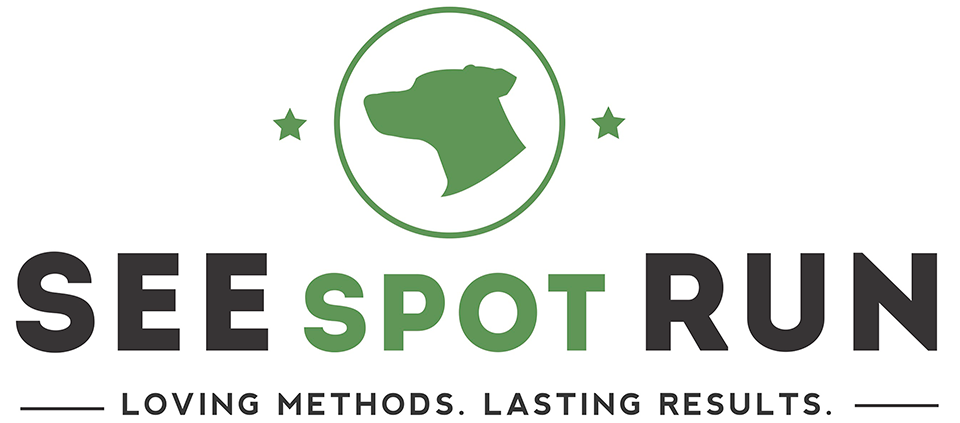Originally published in IACP Safe Hands Journal, Spring 2015.
Behavior seems to be the hot trend. From leash reactivity to separation anxiety to resource guarding and other aggression issues, trainers are confronting behavior problems right and left. But what is behavior work and behavior consulting, compared to traditional training? Who is qualified to do it, and what does it involve?
Whether one is forced to handle behavior cases by necessity, or eager to market oneself as a behavior specialist, it pays to be informed of current and emerging professional standards, and to familiarize oneself with the essential elements of a responsible approach.
Keeping up with industry jargon can be challenging, so here’s a basic behavior glossary:
Behavior: Anything an animal does, often in response to a situation or stimulus.
Behaviorism: The theory that behavior can be explained in terms of conditioning, without appeal to thoughts or
feelings, and that disorders are best treated by altering behavior patterns.
Behavior Modification: The use of empirically demonstrated behavior change techniques to increase or decrease the frequency of behaviors, including positive and negative reinforcement, positive and negative punishment, and extinction.
Animal Behaviorist: Someone with a graduate degree in a related field (like zoology, ethology, biology, or psychology) and post-graduate certification. He or she may be certified by the Animal Behavior Society as an Applied Animal Behaviorist or CAAB.
Board-Certified Veterinary Behaviorist: A veterinarian who is certified in the specialty of Veterinary Behavior. Board-certified specialists are known as diplomates or DACVBs.
Behavior Consultant: A professional working with animals to solve behavioral problems. Behavior consultants may or may not be degreed or certified, but should pursue extensive and ongoing education in animal behavior and training. Recognized certifications include CDBC and CBCC-KA, awarded respectively by the International Association of Animal Behavior Consultants and the Certification Council for Professional Dog Trainers.
Bottom line, if you don’t sport a PhD or a DACVB, best not call yourself a behaviorist. Nonetheless, it’s wholly advisable to pursue a broad education in canine behavior and to highlight your qualifications as a behavior consultant.
So, what should a behavior consultant bring to the table, and how do successful consultants approach real cases?
Assessing Problems
Every case should begin with some manner of assessment, the accuracy of which will depend largely on history taking and observation skills. A good history teases fact from fiction. “My dog often barks at men that approach us,” is useful data. “My dog hates men!” is unhelpful speculation. Keen observation is equally critical. If concern exists over behavior around a new baby, one should be prepared to recognize subtle signs of stress, avoidance, or predation.
The consultant should also be ready to identify if basic needs are being met. Adequate diet, exercise, and medical attention should be prerequisites to any training or behavior modification program.
A Structured Approach
The solution to every behavior problem, regardless of intensity or complexity, will involve some combination of the following three components. Their relative priority may vary from case to case, but all deserve serious consideration. A truly comprehensive solution will typically involve all three.
Environmental Management: Limiting Unwanted Behavior Through Environmental Controls
Managing exposure to environmental triggers is often a critical first step in changing behavior. All behavior is functional on some level, including problem behavior. Whether the goal is winning attention, persuading a stranger to retreat, or defending a resource, dogs will generally do what works.
By limiting opportunities to engage in unwanted behavior through environmental management, we prevent those behaviors from being reinforced, as happens each time they work as expected. This breaks the cycle of unwanted behavior and opens the door for teaching your dog what to do instead.
Good management will immediately reduce stress and/or conflict, without being unnecessarily intrusive. The need for management should decrease over time, as alternate behaviors are consistently reinforced.
Obedience Skills: Teaching Alternate or Incompatible Behaviors
Many common behavior problems are essentially “default” behaviors, things dogs do naturally in the absence of being taught otherwise. Teaching and reinforcing incompatible behaviors is frequently key to the long-term solution of behavior problems.
This requires considering what one wants the dog to do and focusing on training those behaviors, ahead of focusing on what one wants the dog to stop doing. Practical alternative behaviors may include basic obedience skills, or any other skill the dog might fairly be expected to master under moderate to high levels of distraction. For example, a dog that lunges at other dogs on the street might be trained to heel, while a dog that jumps on visitors might be taught to sit for attention.
As with environmental management, one should generally seek methods that are minimally intrusive. Strategies focused on suppressing behavior are avoided when other effective solutions exist. Good obedience training also helps build relationship and communication, the benefits of which extend far beyond specific behavior goals.
Classical Conditioning: Counter Conditioning and Desensitization
To avoid the need for eternal management and also help the dog on a psychological level, it’s sensible to invest in conditioning a better emotional/physiological response to known triggers.
Classical conditioning, or respondent learning, involves altering reflexive emotional and physiological responses, either by repeatedly pairing relevant stimuli with something pleasant or valuable, or through careful exposure that gradually desensitizes the animal over time. An example might involve pairing proximity to children with cooked chicken or gradually acclimating a dog to children via regular exposure at a safe distance.
The result is a decrease in the perceived need to behave aggressively, fearfully, etc. This can dramatically increase the likelihood of the dog making good decisions on its own in unexpected situations, even when guidance is lacking or management breaks down.
In limited cases, one may choose to condition an avoidance response through pairing a stimulus with something aversive. Snake avoidance training would be one example, as would be pairing an aversive with attempts to ingest something dangerous like rocks or tennis balls.
LIMA Principles
Even with a sturdy framework in place (our three problem solving components), designing a humane and effective program that is both comprehensive and individualized can be daunting. Given the many options that exist, it’s useful to have some guiding principles for choosing the best strategy.
Understanding LIMA principles and their practical application is considered a basic competency within the field of behavior consulting.
LIMA requires that trainers and behavior consultants use the “least intrusive, minimally aversive technique likely to succeed in achieving a training objective with minimal risk of producing adverse side effects.” [1] In practice, this means achieving results while minimizing cost to the learner and risk to any involved.
Following LIMA guidelines has additional advantages, beyond minimizing risk. They focus the trainer on respecting his subject and maintaining learner control, promote clarity in problem solving, and prevent abuse.
To be clear, LIMA does not dictate a positive reinforcement only approach. It does challenge the trainer to think outside the box of merely suppressing unwanted behavior, and to develop the skills to address behavior problems without undue reliance on deprivation, pressure, or punishment.
Emptying the Closet
Solving serious behavior problems, especially those involving aggression, should not be left to intuition, attributed to mystical factors, or performed impromptu while narrating into a camera. Success is rarely a function of charisma or the product of daredevilry, any more than effective obedience training ever has been.
Behavior may be the new black, but rest assured, no need to flock to the runways or pay exorbitant sums for those head-turning logos. While trend seekers gawk at outrageous collections, others are quietly organizing their closets, editing their wardrobes, and shopping strategically.
A rational and responsible approach to behavior may not draw looks on the street, but it also never goes out of style.
1. [Steven Lindsay, Handbook of Applied Dog Behavior and Training Vol 3]


